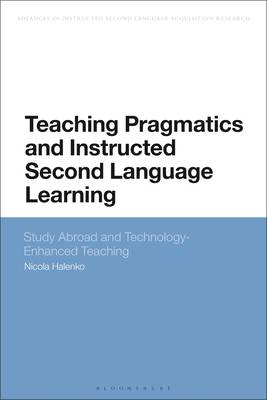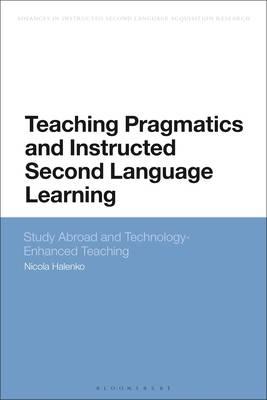
- Retrait gratuit dans votre magasin Club
- 7.000.000 titres dans notre catalogue
- Payer en toute sécurité
- Toujours un magasin près de chez vous
- Retrait gratuit dans votre magasin Club
- 7.000.0000 titres dans notre catalogue
- Payer en toute sécurité
- Toujours un magasin près de chez vous
Teaching Pragmatics and Instructed Second Language Learning
Study Abroad and Technology-Enhanced Teaching
Nicola Halenko
69,45 €
+ 138 points
Description
This book explores second language pragmatic development with a specific focus on two areas: classroom-based pragmatic instruction in the study abroad context, and using technology for developing and assessing pragmatic competence.
Teaching Pragmatics and Instructed Second Language Learning directly compares the effects of technology platforms and traditional paper-based tasks within the second language environment for developing pragmatic competence. These analyses are based on empirical research of how undergraduate Chinese learners of English receive explicit instruction in classrooms using different training materials. The book makes an original and innovative contribution to collecting oral speech act data in the form of computer-animated production tasks (CAPT) designed to enhance learner engagement and performance. Using this tool, it explores the beneficial role of technology in teaching and learning, offering practitioners and researchers practical ways to maximise second language pragmatic development in the classroom.Spécifications
Parties prenantes
- Auteur(s) :
- Editeur:
Contenu
- Nombre de pages :
- 224
- Langue:
- Anglais
- Collection :
Caractéristiques
- EAN:
- 9781350203532
- Date de parution :
- 28-07-22
- Format:
- Livre broché
- Format numérique:
- Trade paperback (VS)
- Dimensions :
- 156 mm x 234 mm
- Poids :
- 322 g

Les avis
Nous publions uniquement les avis qui respectent les conditions requises. Consultez nos conditions pour les avis.






